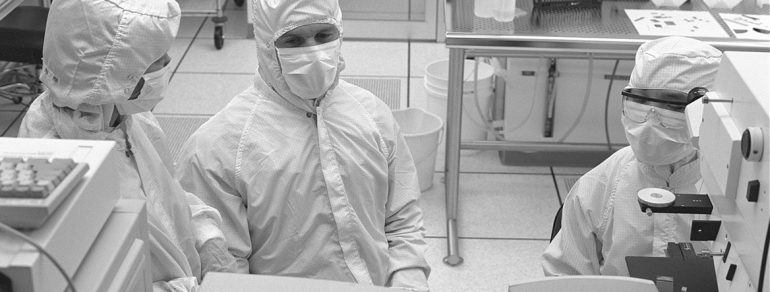An Introduction to Graphene Sensors

Graphene is often flagged as a gateway material for next-generation technologies in an impossibly broad range of application areas. With a comprehensive variety of outstanding properties (electrical, mechanical, thermal, etc.), graphene has been tipped to revolutionize practically every market on the planet, from construction to water filtration. Yet the reality is that many practical applications of monolayer graphene are still consigned to the laboratory floor and will require many years of development before they are successfully integrated into end-market products. One area of engineering that has yielded tangible results recently, is graphene sensor manufacturing.
Putting Graphene Sensors in Context
Coordination among leading researchers in the fields of graphene (i.e. the Graphene Flagship) and monolayer material engineering is critical for driving the development of new products that champion the use of 2D materials. It is also vital for tempering expectations and offering a transparent view of the roadmap ahead.
The Graphene Flagship, a billion-dollar research initiative based in the European Union, has provided a candid outline of the future of graphene applications. This roadmap shows which developments consumers can expect from graphene before 2023 (functional coatings, structural materials, fast-charging batteries, etc.) and what is more likely to come at later stages (flexible solar cells, supercapacitors, water treatment, etc.).
Sensors and imaging technologies based on graphene have been adopted rapidly compared to various other products, due to the natural compatibility of the material to the application.
Why Use Graphene for Sensors?
Graphene is exceptional among existing sensing materials due to its unique combination of electrical properties and its atomic scale-thickness. Every atom in a graphene lattice is exposed to its working environment, enabling it to precisely detect myriad changes. With theoretically unmatched electrical conductivity and a zero bandgap, graphene electrical sensors can rapidly and efficiently carry charges between an electrode surface and a sensing environment.
Charge carrying is just one function of a raft of possibilities available to graphene sensor manufacturers. It is possible to detect biological agents, chemical changes, light, physical forces (i.e. strain), and much more using graphene as a functioning active sensing material or as a FET (field-effect transistor) platform. This is likely to result in research and development (R&D) of a range of new consumer and professional products, from wearable electronics to advanced medical equipment.
Graphene Sensor Materials from Grolltex
Grolltex specializes in the generation of monolayer graphene and hexagonal boron nitride (hBN) via a patented chemical vapor deposition (CVD) process. We believe that the genesis of new graphene sensors that are available at commercial scales is truly on the horizon, having recently manufactured the smallest graphene strain sensor worldwide for a major European partner.
If you would like more information about using monolayer graphene to produce sensors for a range of applications, simply contact a member of the Grolltex team today.
References:
Graphene Flagship
